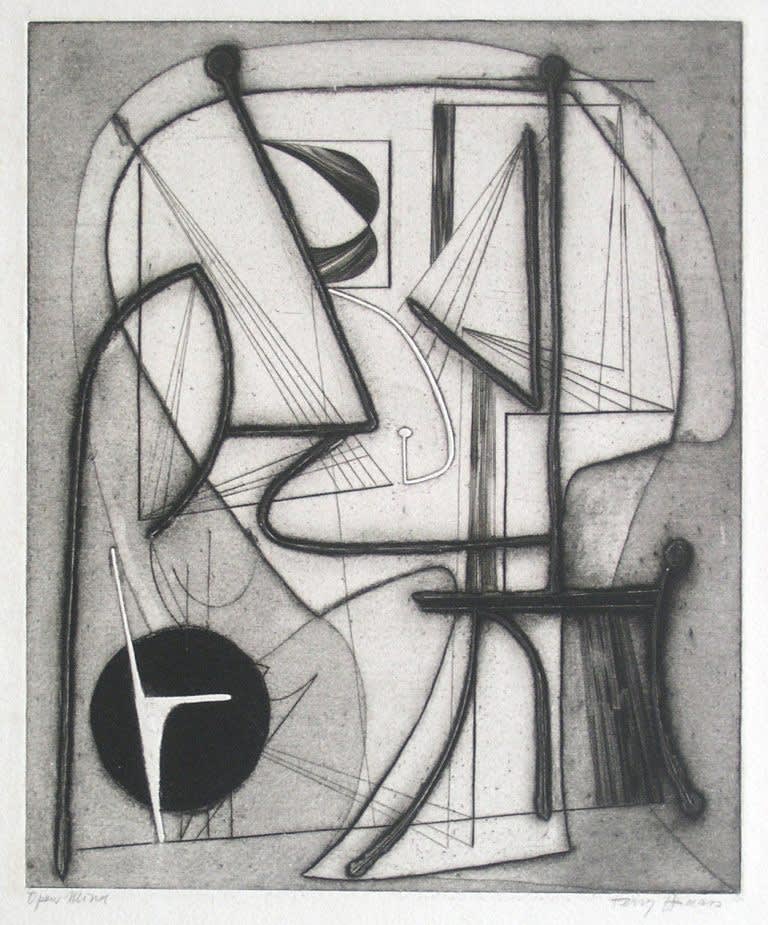Terezie Goldmannová was born in 1923 in Český Těšín, Czechoslovakia, a region dominated by Germanic influences. In the wave of growing anti-Semitism, ethnically German classmates terrorized Goldmannová for her Jewish ancestry, forcing her to leave the school she had been attending. With her mother and half brother, she fled Czechoslovakia in 1938. By way of Switzerland, they settled in Paris, which is where she took fashion and art courses at the Académie de la Grande Chaumière with a teacher she referred to as “Madame Zucker.” The Nazi invasion of Paris cut short this relative period of calm, and the family fled to the South of France. Eventually, they were smuggled through Andorra to Portugal and secured passage to New York in April 1941. Soon thereafter she married Walter Haass, a German refugee and fellow lodger in the Upper West Side building where she lived with her family. She used “Terry Haass” as her professional name, despite divorcing in the early 1950s. Between 1941 and 1944 she registered for many classes at the Art Students League and focused on printmaking study with Will Barnet and Harry Sternberg. She also made many friends there, including Robert Blackburn and Helen DeMott. She worked at Atelier 17 beginning in 1947 and excelled in creating sculptural depth by soldering wire to her plates’ surfaces or removing geometric pieces from them. Her innovative Atelier 17 prints earned her solo exhibitions at Wittenborn and Schutz in 1951 and at the Smithsonian Institution in 1952. She participated in many graphics shows during this period and was included in two Atelier 17 shows: Laurel Gallery (1949) and Grace Borgenicht Gallery (1951). She briefly co-directed Atelier 17 in spring and summer of 1951 with Harry Hoehn. In the early 1950s, she earned a Harriet Hale Woolley scholarship for study in Paris, where she took classes in archeology at the École du Louvre and worked at Atelier Lacourière-Frélaut, a printmaking establishment. After frequent travel between New York and Paris, she permanently settled in France and acquired citizenship in 1963. From the 1960s onward, her work—still mostly graphics but with the addition of sculpture in stainless steel, wood, and Plexiglas—focused on time and space, influenced heavily by science and Albert Einstein’s theories. Extensive travel for archeological excavations in Turkey, Israel, Lebanon, and Afghanistan also influenced her art.
We thank Christina Weyl for this biographical information.

